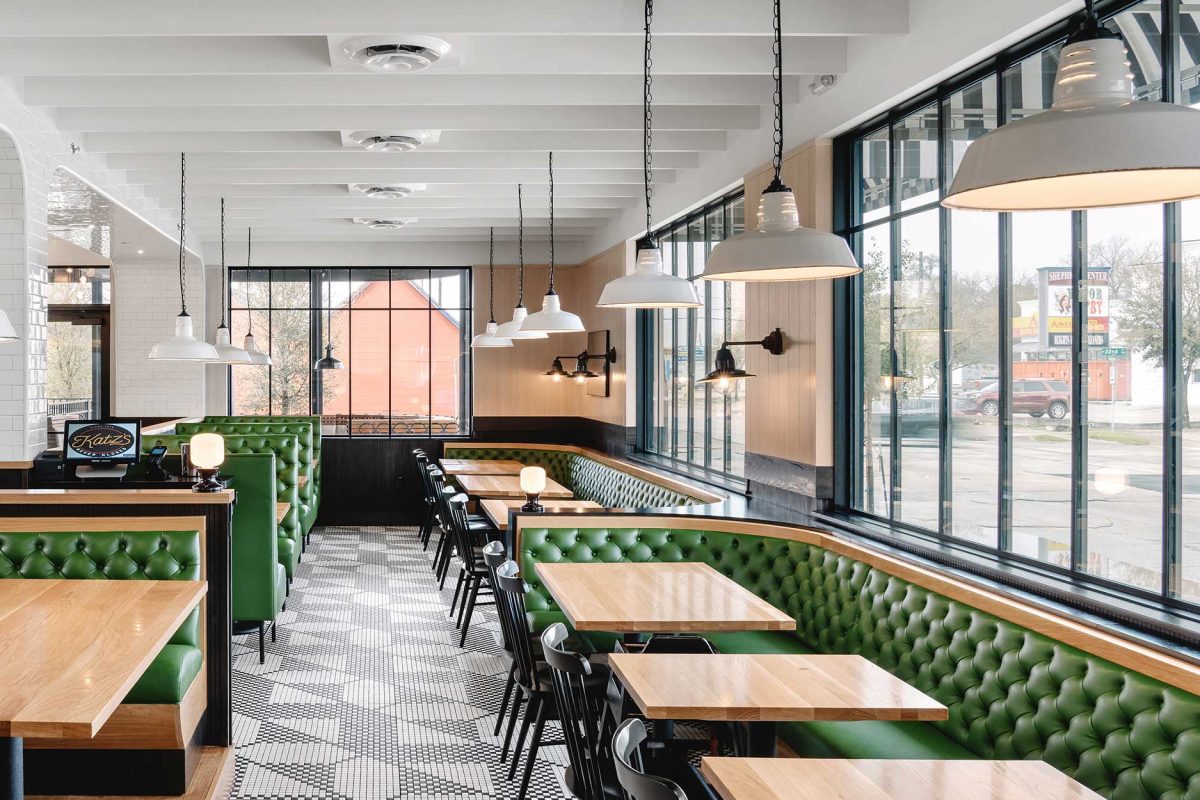More performance, less limitations
Rock stars are famous for dismantling hotel rooms. Mechanical engineers on business education trips, not so much.
Yet that’s exactly what Katy Fefolt, testing engineer for Western Window Systems, encountered when she traveled to Toronto, Canada in late 2018 to earn her accreditation as a certified simulator through the National Fenestration Rating Council (NFRC).
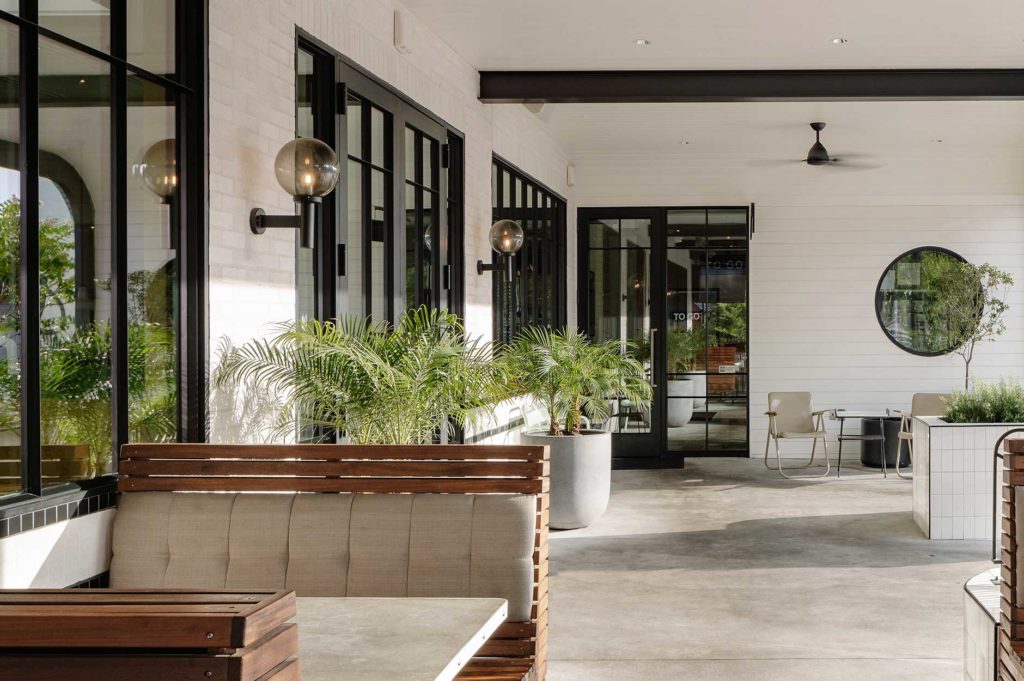
“One of the groups of people that were there, they mentioned that the previous night they had started taking apart one of the balcony doors in their hotel room,” Fefolt says, with a laugh. “And they’re like, ‘Well, we were just interested to see how it was put together and what materials they used.’”
Blame it on advancements in aluminum door and window framing. Even for seasoned professionals in the field, a close physical inspection is sometimes the only sure way to tell the difference between glass framed in traditional steel and one framed in energy-smart, thermally broken aluminum, which is increasingly being used to match the distinctive look and character of steel but at a lower cost, better efficiency and with shorter lead and installation times.
“It comes down to noticing things like the door isn’t completely square, or it doesn’t slide with the weight you’re used to,” Fefolt says, noting two distinct advantages aluminum has over steel: better malleability, owing to the material being easier to cut and form; and lighter weight — almost two-thirds lighter than stainless steel. “Most people don’t notice the difference in appearance.”
That’s partly the point of Western Window Systems’ Simulated Steel Line, its relatively new series of energy-smart, thermally broken aluminum windows and doors with high-performance glass, designed to match the look and feel of steel but with several key advantages.
Steel in commercial buildings, particularly on the East Coast, is prone to corrosion, can be expensive to maintain, and is not as energy efficient as some other building materials.
“The real push for this product came from the east coast, where many of the older buildings were built with steel frames,” Fefolt says. “We kind of developed the Simulated Steel so that it would look very similar to the steel that existed in those types of buildings, but it would provide better thermal performance.”
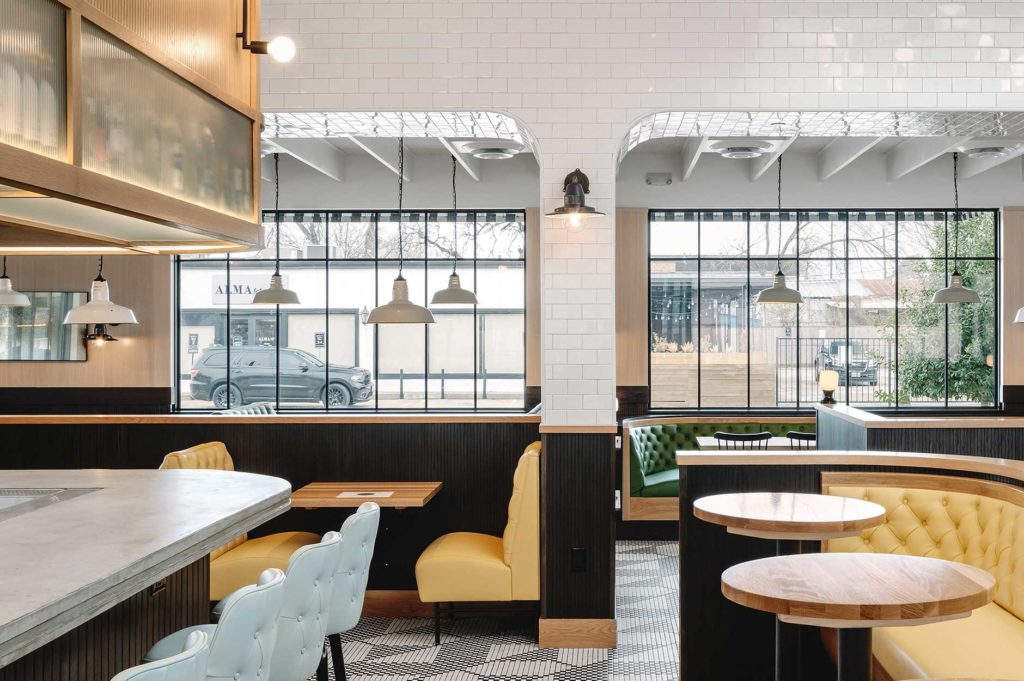 While East Coast restorations drove the demand, the hot summer temperatures of Western Window Systems’ Arizona base tested that thermal performance. Aluminum has much higher thermal conductivity than steel — it conducts heat at almost 9 times the rate of steel — which makes it ideal for cookware and for heat sinks in computers but not so ideal for building facades in places like Phoenix. Thermal breaking solves that problem.
While East Coast restorations drove the demand, the hot summer temperatures of Western Window Systems’ Arizona base tested that thermal performance. Aluminum has much higher thermal conductivity than steel — it conducts heat at almost 9 times the rate of steel — which makes it ideal for cookware and for heat sinks in computers but not so ideal for building facades in places like Phoenix. Thermal breaking solves that problem.
“All of our Simulated Steel products use a thermal break, which basically blocks the transmission of heat — or cold — from getting into the building,” Fefolt explains. “It basically isolates the interior from the exterior of the building and provides good retention of the heat or the air conditioning on the inside instead of losing all that through your window or door products.”
The Simulated Steel Line also attained a low air infiltration number, which allows for additional reduction of that thermal conductivity. “Finally, we test for structural capabilities, what we call design pressure, of the product. And all of our Simulated Steel products are rated at a design pressure of 50 pounds per square foot at a minimum.”
Fefolt sees several advantages to using Simulated Steel in both commercial and residential settings.
“The lighter weight is definitely a big advantage, especially when you get into maybe a bi-fold door or a hinged door where you have hardware weight limitations,” she says. “Also, you can basically do whatever color or style you’re looking for. One option is a split finish, where the inside and the outside of the door can be different colors, because we have that thermal break in the middle. So it’s really customizable to whatever the business owner or the homeowner wants.”
Learn more about the Simulated Steel Line in this short video.
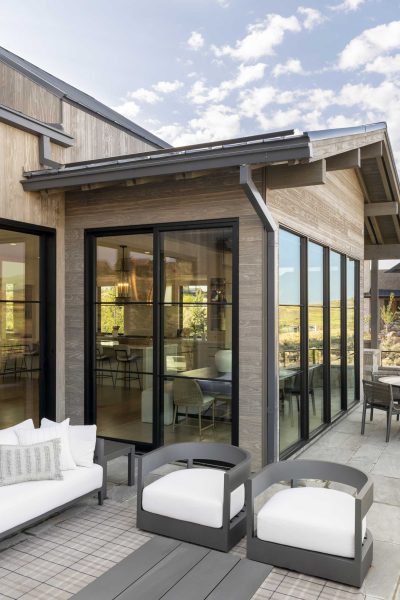
Simulated Steel
Superior Performance
Learn More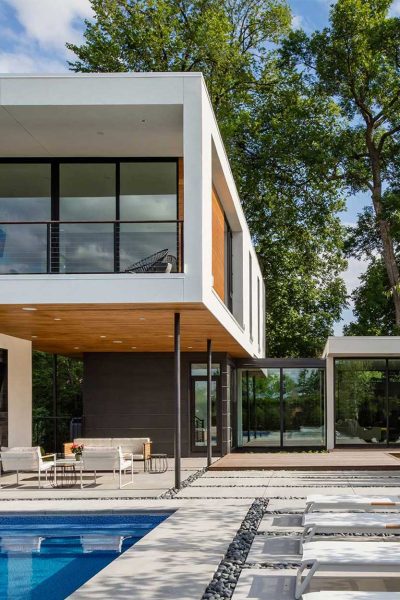
Energy Efficiency and Sustainability
Good for you and the planet
Learn More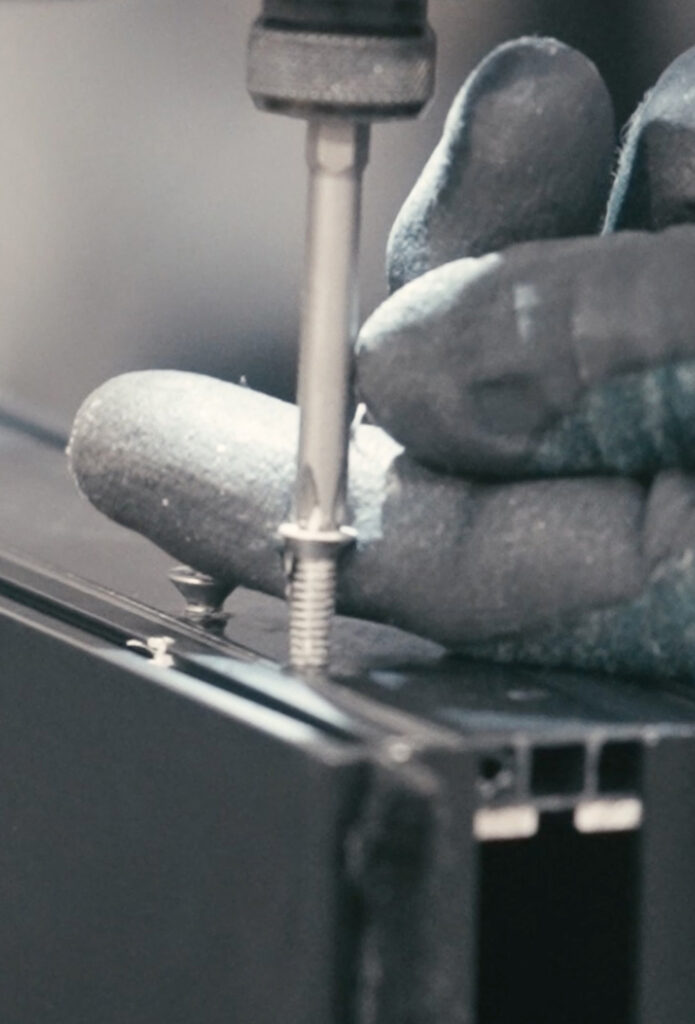
How They’re Made
Built and tested to last.
Learn More
